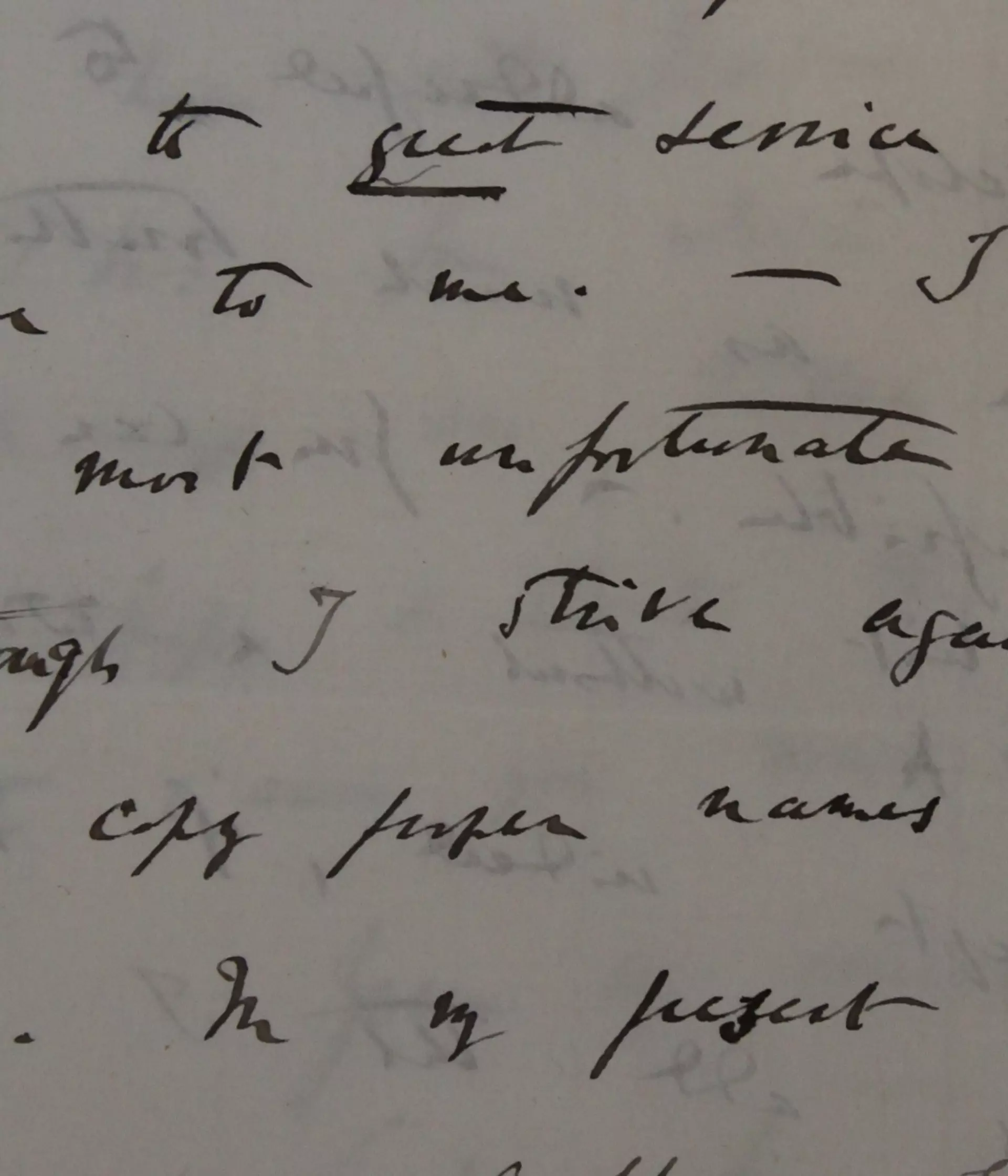As a ZSL fellow, Darwin studied animal behaviour at the Zoo to develop his scientific work.
Darwin's finches
After returning from his five year expedition aboard the HMS Beagle, Darwin had gathered a great number of natural history specimens, and he sought out the leading naturalists of the time to offer him additional insight. One of the eminent ornithologists of the time was John Gould; an ambitious, and brilliant man, who worked here at ZSL as Curator of Birds. When Darwin gave his bird specimens to Gould to examine, it was Gould who drew attention to the ‘Galapagos finches’, and the variations in their beaks. It was these finches which formed a large basis of Darwin’s theory of natural selection and evolution; that one species could evolve in to many, to fill a variety of ecological niches. Their beaks were adapted to the type of food they ate.
London Zoo and Charles Darwin
Despite Darwin’s brilliant contributions to our understanding of science, he was also the first to admit that he had his weaknesses; one in particular was his spelling of scientific names. Another ornithologist, who offered Darwin some assistance with his spelling, was ZSL’s Secretary Philip Lutley Sclater (Secretary from 1859-1902). In one letter to Sclater, Darwin admits “I have a most unfortunate weakness, though I strive against it, to copy proper names incorrectly".
Initially, before his voyage aboard the Beagle, Darwin had been elected as a Corresponding Member of ZSL (in 1831); but this was soon amended on his move to London following the voyage. In 1839 Darwin became a Fellow of ZSL, and went on be a member ZSL’s Council from 1839 until 1841, using his time at ZSL London Zoo to study the behaviour of animals and develop his theories. One notable animal from London Zoo that made a strong impression on Darwin was Jenny the orangutan.
Today we safeguard Darwin’s history at our library, including a first-edition copy of ‘On the Origin of Species’.
